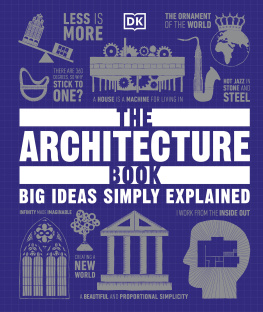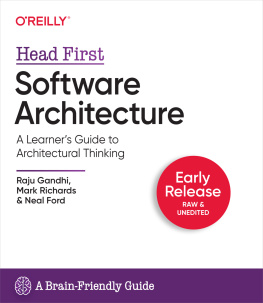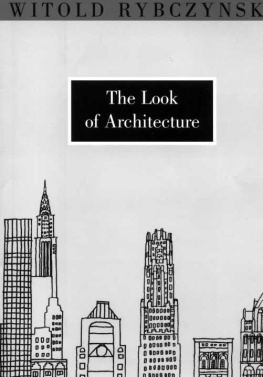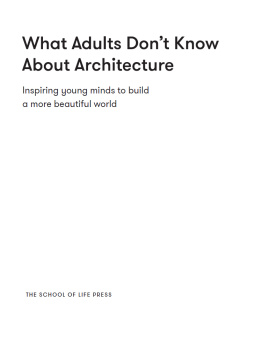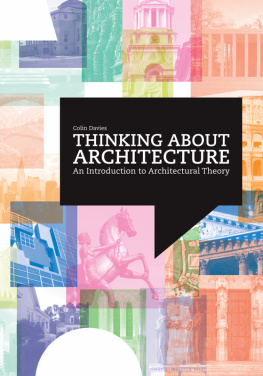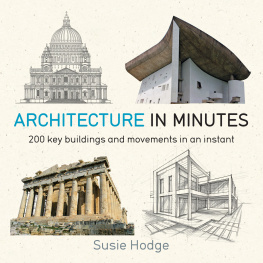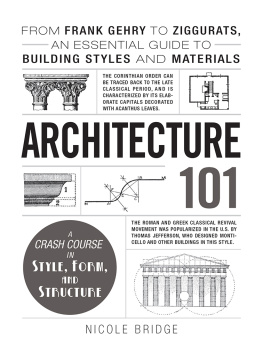DK - The Architecture Book: Big Ideas Simply Explained
Here you can read online DK - The Architecture Book: Big Ideas Simply Explained full text of the book (entire story) in english for free. Download pdf and epub, get meaning, cover and reviews about this ebook. year: 2023, publisher: DK, genre: Art / Science. Description of the work, (preface) as well as reviews are available. Best literature library LitArk.com created for fans of good reading and offers a wide selection of genres:
Romance novel
Science fiction
Adventure
Detective
Science
History
Home and family
Prose
Art
Politics
Computer
Non-fiction
Religion
Business
Children
Humor
Choose a favorite category and find really read worthwhile books. Enjoy immersion in the world of imagination, feel the emotions of the characters or learn something new for yourself, make an fascinating discovery.
The Architecture Book: Big Ideas Simply Explained: summary, description and annotation
We offer to read an annotation, description, summary or preface (depends on what the author of the book "The Architecture Book: Big Ideas Simply Explained" wrote himself). If you haven't found the necessary information about the book — write in the comments, we will try to find it.
Learn about key concepts behind the worlds most incredible buildings in The Architecture Book.
Part of the fascinating Big Ideas series, this book tackles tricky topics and themes in a simple and easy to follow format. Learn about Architecture in this overview guide to the subject, great for novices looking to find out more and experts wishing to refresh their knowledge alike! The Architecture Book brings a fresh and vibrant take on the topic through eye-catching graphics and diagrams to immerse yourself in.
This captivating book will broaden your understanding of Architecture, with:
- A global scope, covering architecture from all over the world
- Packed with facts, charts, timelines and graphs to help explain core concepts
- A visual approach to big subjects with striking illustrations and graphics throughout
- Easy to follow text makes topics accessible for people at any level of understanding
The Architecture Book is a captivating introduction to buildings and the ideas, and principles that make them key to the history and evolution of our built environment - aimed at adults with an interest in the subject and students wanting to gain more of an overview. Here youll discover the most important ideas, technologies, and movements in the history of architecture and structural engineering, through exciting text and bold graphics.
Your Architecture Questions, Simply Explained
Learn about the evolution of construction, from ancient and classical architecture through Medieval, Gothic, and Renaissance buildings, Baroque and Rococo, to 19th-century emerging modernism and postmodernism and glittering skyscrapers. If you thought it was difficult to learn about buildings and the ideas behind them, The Architecture Book presents key information in a clear layout. Explore architectural movements, styles and celebrated buildings from all over the world, and stunning religious structures from mosques to churches, stupas to pagodas and temples.
The Big Ideas Series
With millions of copies sold worldwide, The Architecture Book is part of the award-winning Big Ideas series from DK. The series uses striking graphics along with engaging writing, making big topics easy to understand.
DK: author's other books
Who wrote The Architecture Book: Big Ideas Simply Explained? Find out the surname, the name of the author of the book and a list of all author's works by series.

